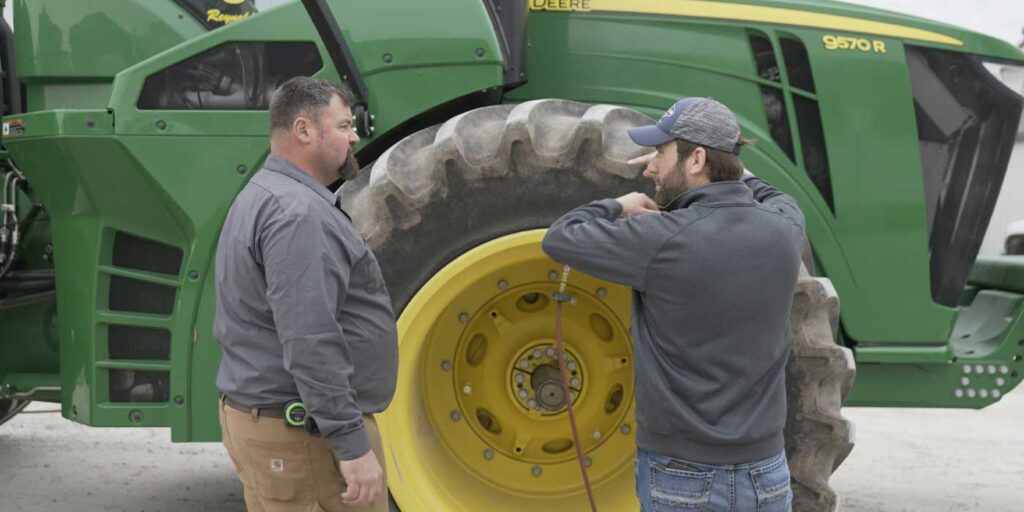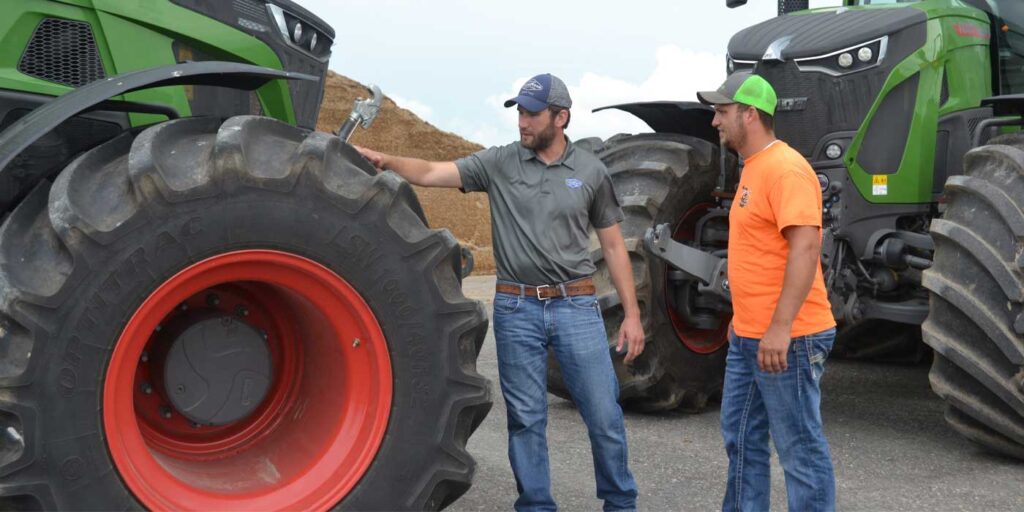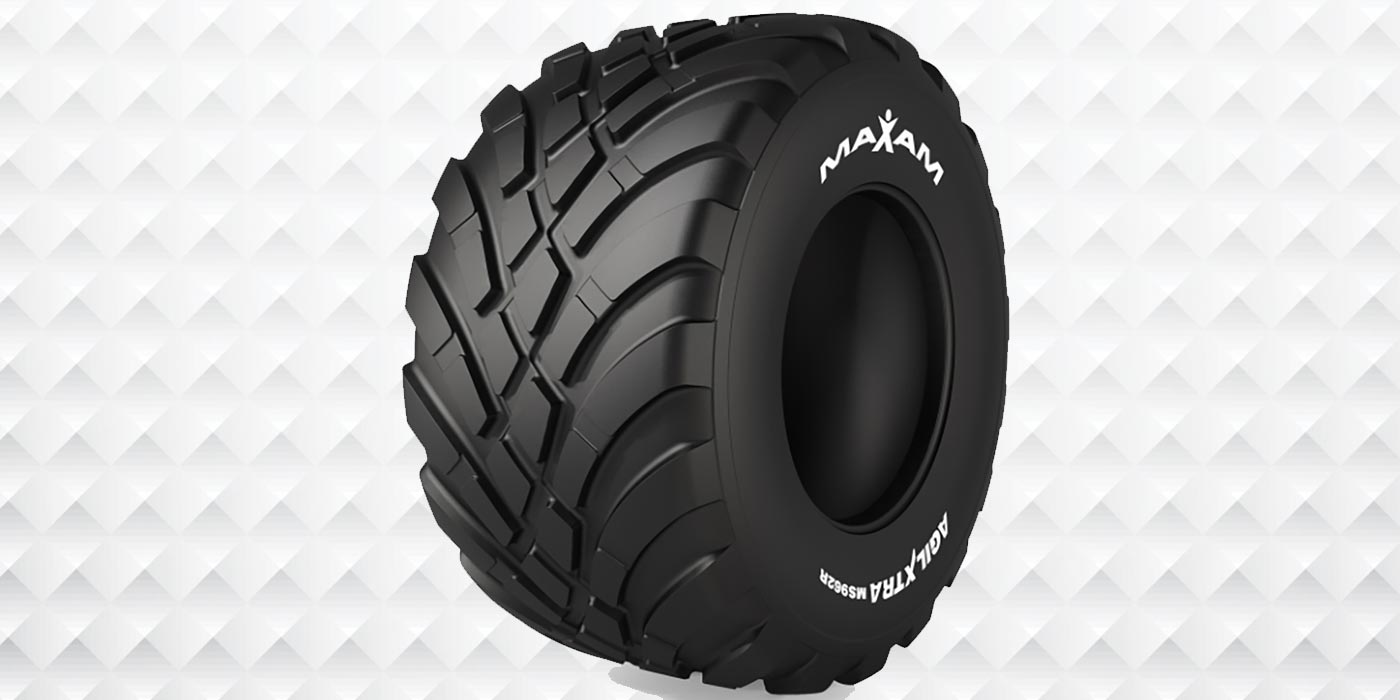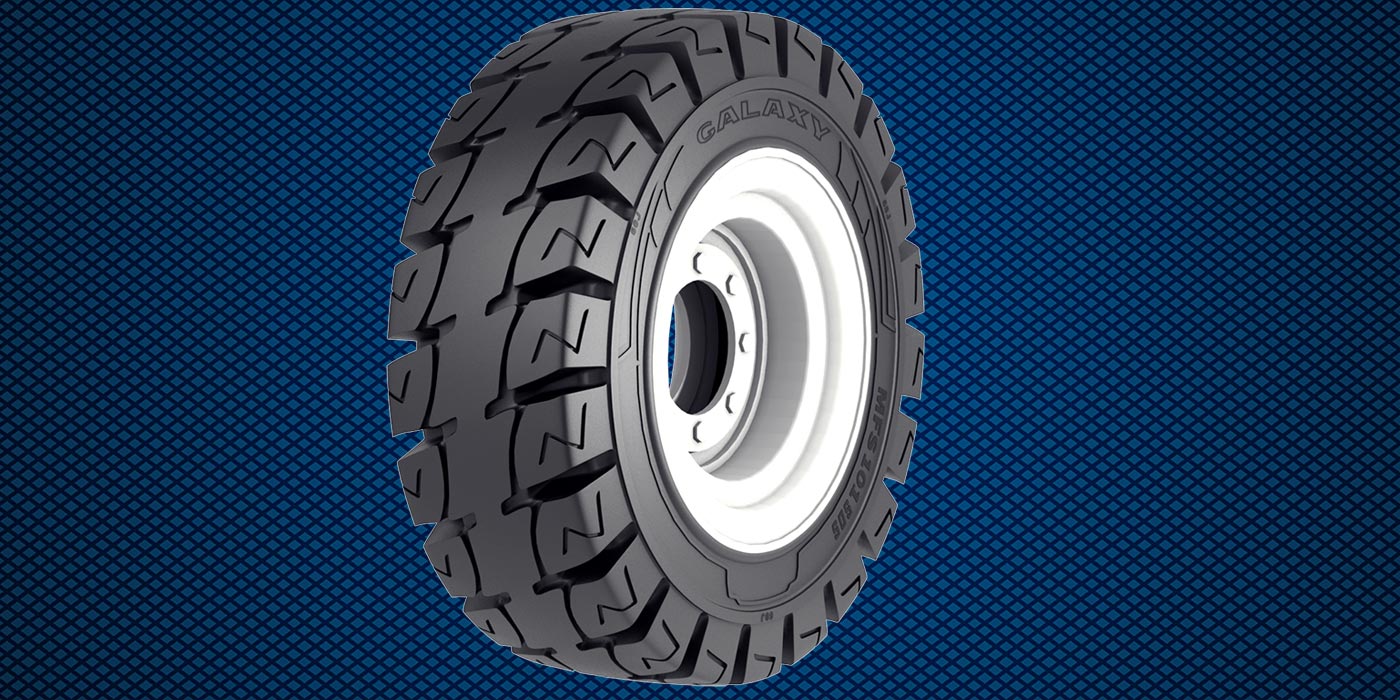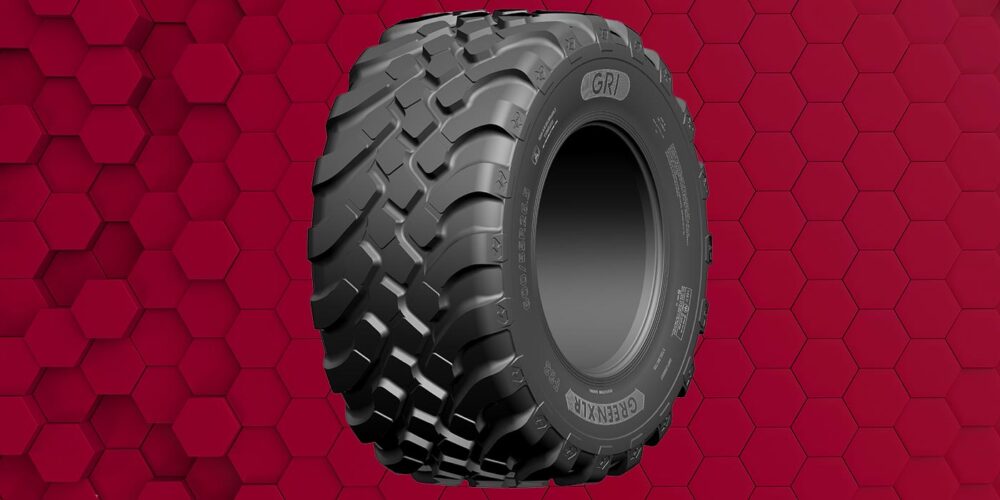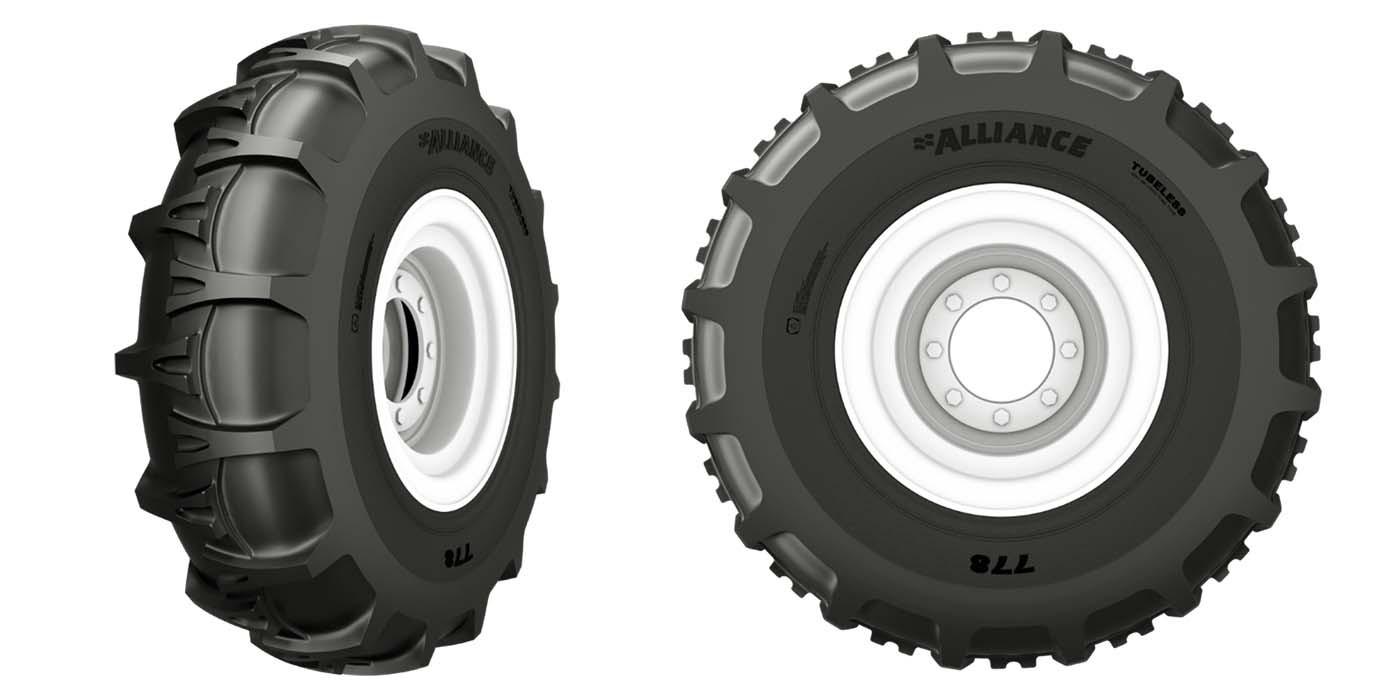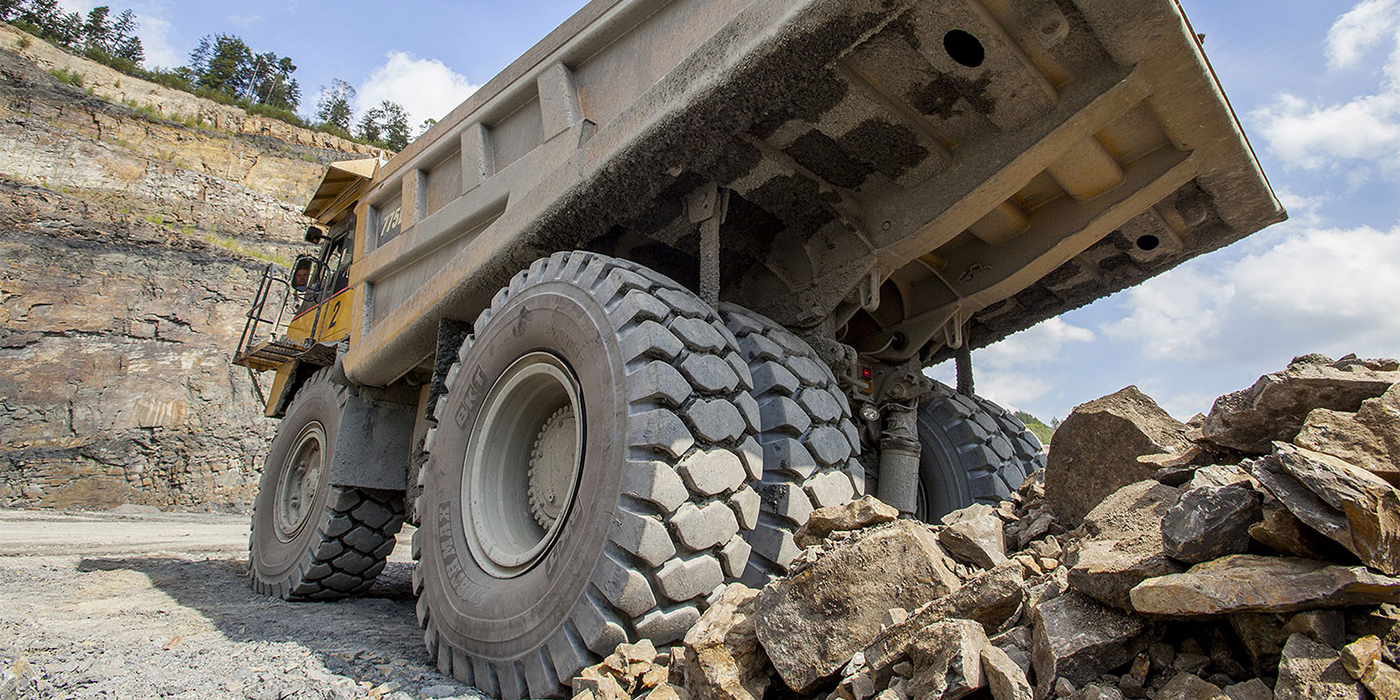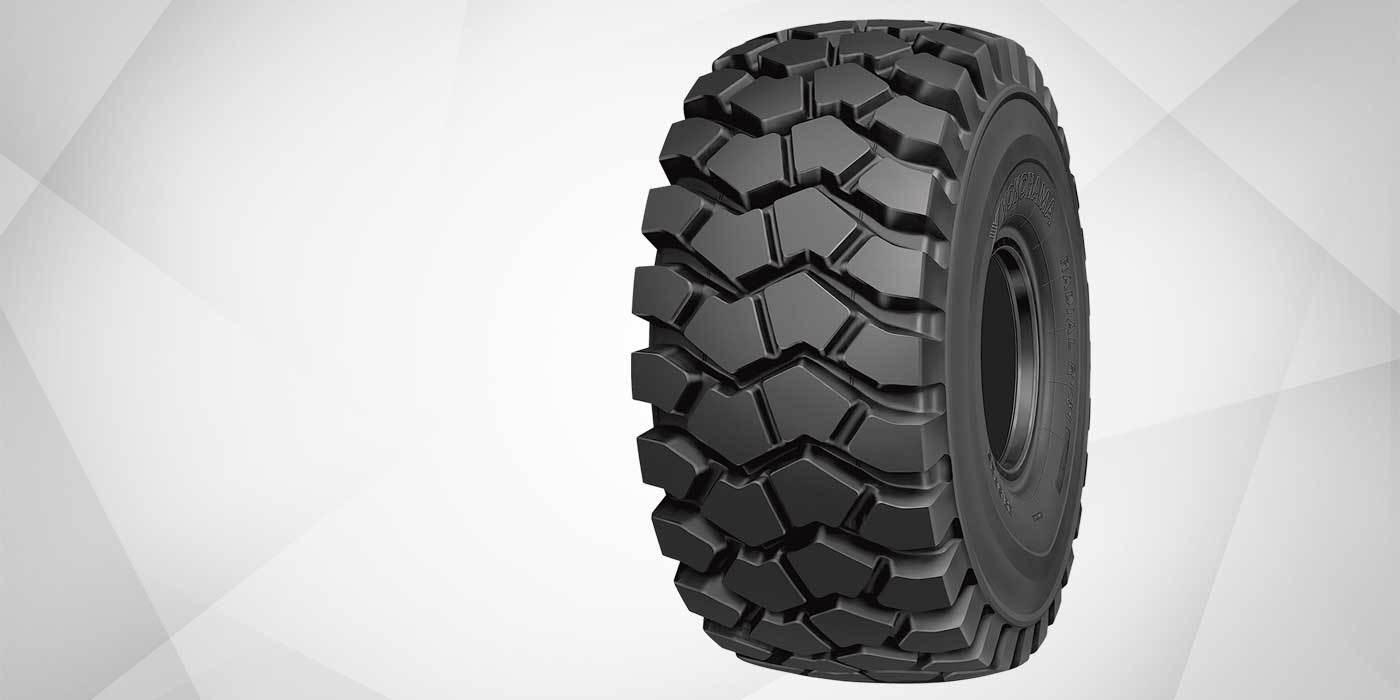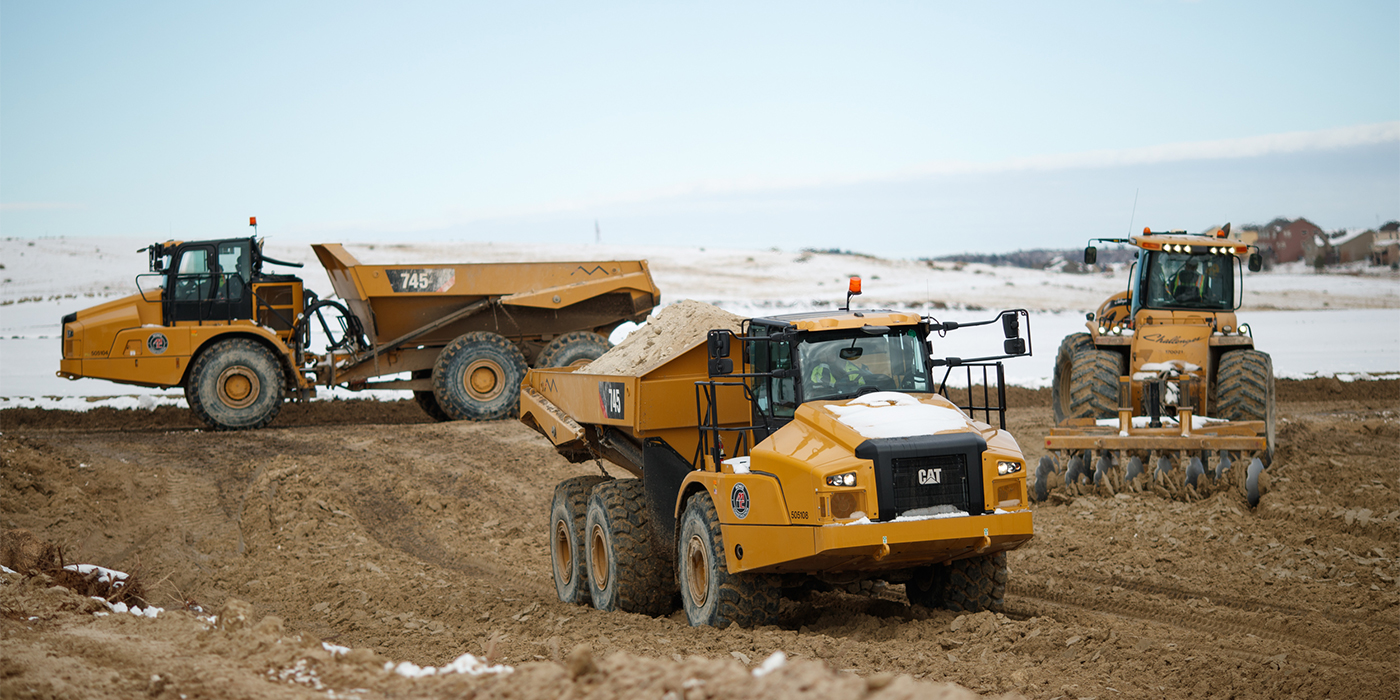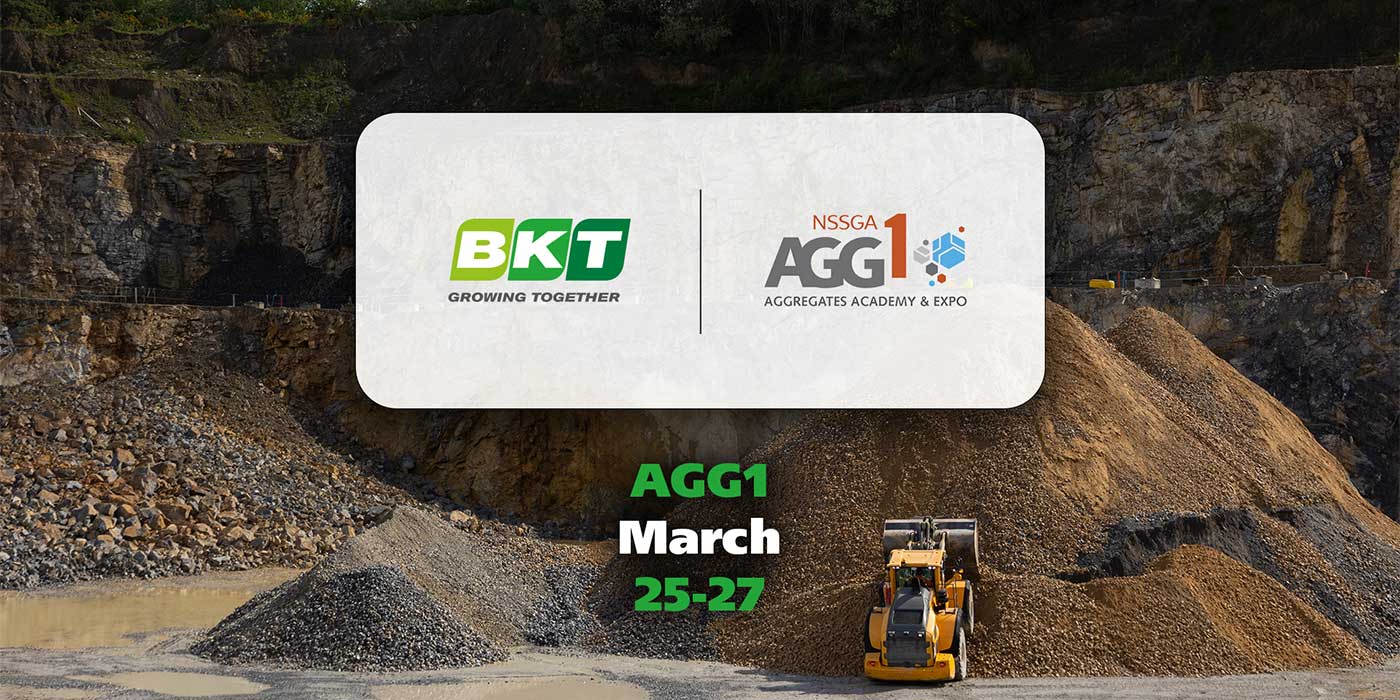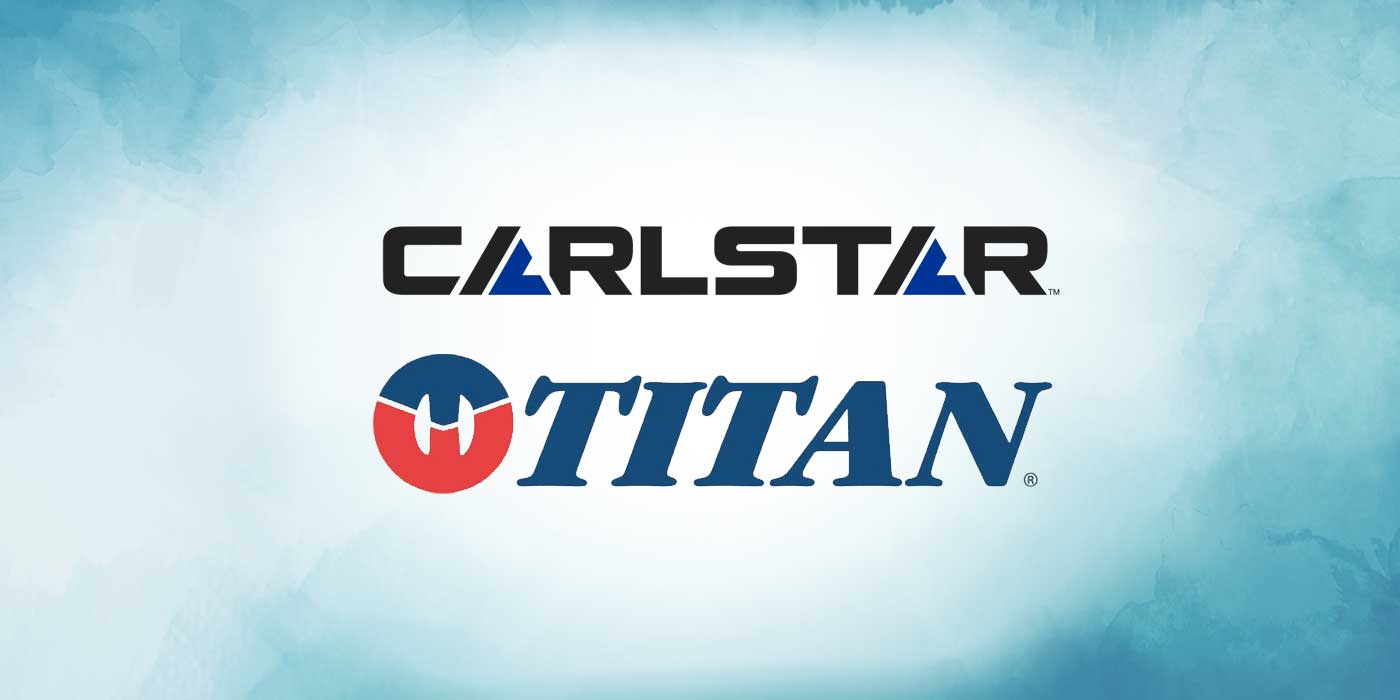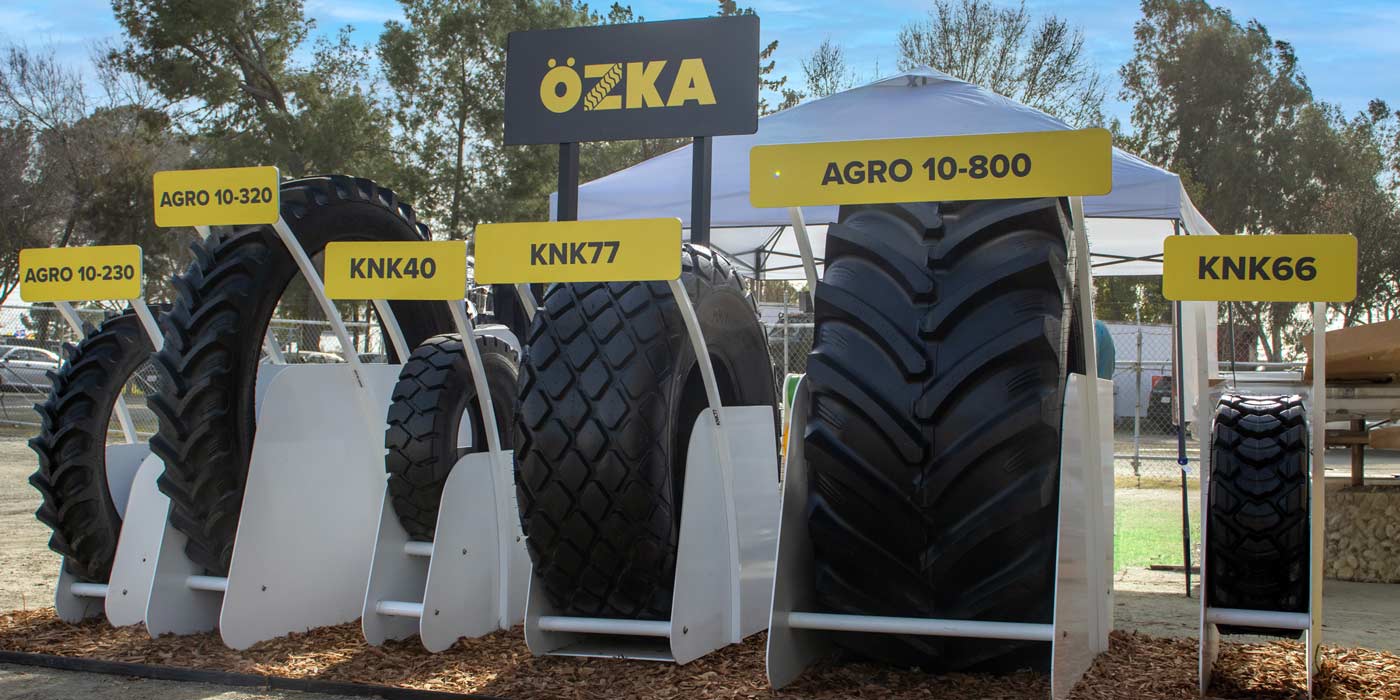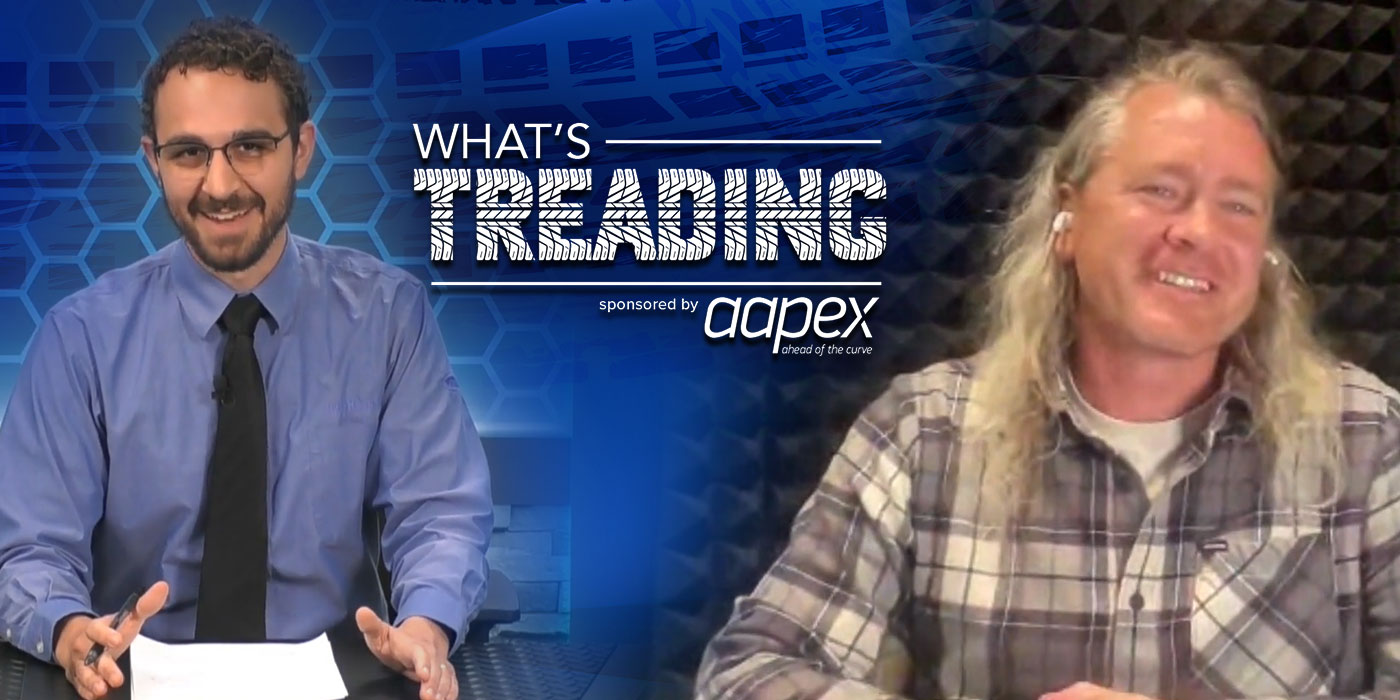Tires are one of the hardest working components on farm equipment, but they can be often overlooked when it comes to tread maintenance. Tire dealers — particularly the service department and sales reps — can help reduce unnecessary wear.
By choosing the right tire for the job, ensuring proper inflation and performing regular maintenance, your customers can see improvements in durability and performance in the field, helping increase productivity and their bottom line. Follow these tips to help your customers in the field.
Use the Right Tire for the Application
One of the biggest mistakes customers make is selecting the wrong tire for their application. As a dealer, it’s important for you to ask your customers what application they will be using their tires in. For instance, if your customer is working in a sprayer application and traveling 30 mph or higher on hard surfaces, this could lead to premature tire wear and potentially tread issues if the wrong tire is used.
There are new tire technologies, such as stubble-resistant tires, Increased Flexion (IF) and Very High Flexion (VF) technology as well as Low Sidewall Technology (LSW), that have been introduced to help combat the challenges of today’s growers. For instance, tire manufacturers have worked to create row crop sprayer tires that will carry the same load as standard radial tires, but with 40% lower inflation pressures and less compaction.
VF tires can carry the same weight as standard tires, but at up to 40% lower inflation pressures. Road lope and power hop are issues that can commonly occur with VF tires if inflation pressures are not properly adjusted according to weight changes. LSW tires carry the same weight as standard tires, but at up to 40% lower inflation pressures, just like VF. However, LSW technology also comes with other benefits, such as reduced road lope and power hop, thanks to the larger rim diameter.
Look at Ballast and Weight Distribution
After you’ve helped your customers determine the right tire for the application, it’s important to look at ballast and weight distribution. Premature wear on the tire tread is one of the consequences of using too little weight. It also can cause tire slippage and reduced fuel efficiency.
Be sure not to go too far the other direction, however. If customers add too much weight, the tractor will feel sluggish, increase soil compaction, reduce fuel efficiency and result in premature drivetrain wear.
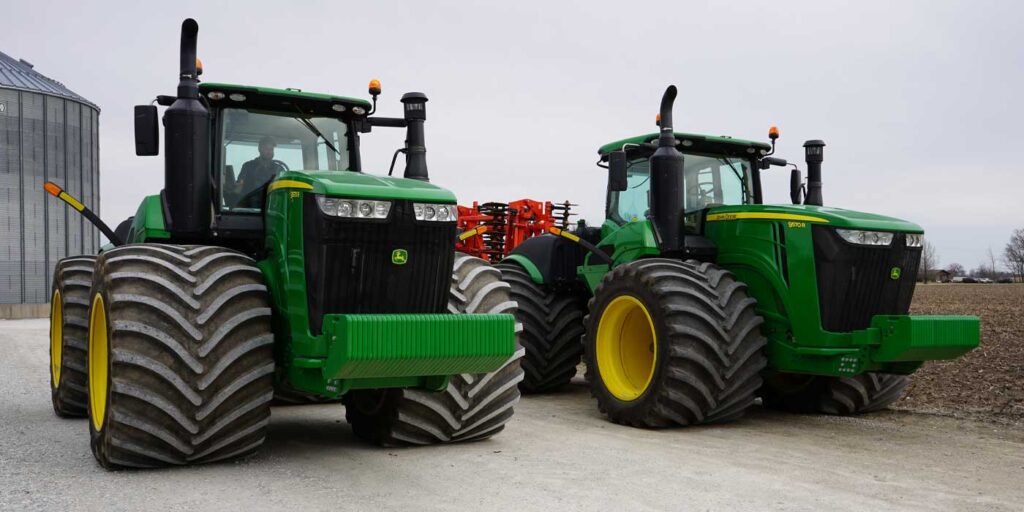
Inspect for Uneven Wear
The goal with any tread wear is to have the tire wear down as evenly and smoothly as possible. For instance, a properly inflated radial tire working in an appropriate setting will typically wear more evenly than a bias tire. With a bias tire, the sidewall and tread work together as one; however, with a radial tire, the sidewall and tread work separately, making it wear more evenly. Selecting a radial tire with a wider lug, shallower profile and higher lug-to-void ratio tends to wear more evenly and slowly.
Conducting regular inspections is an important way to help pinpoint any tire-related issues. Signs of uneven wear are often related to incorrect inflation pressures. For instance, an overinflated tire tends to bulge at the center, which can wear out the tread in the middle of the tire. An underinflated tire, on the other hand, can create more deflection on the sidewall, which can wear out the shoulder of the tire and make the sidewall more susceptible to puncture damage.
Maintaining proper inflation pressures based on load is the best way to make sure your customers’ tires last longer and give them the best performance in the field. Once their machines have been weighed for optimum ride quality and traction, it’s very easy to adjust inflation pressures based on the load/inflation tables provided by the Tire and Rim Association.
Follow a Routine Maintenance Program
Routine maintenance also shouldn’t be overlooked. To make sure your customers and anyone running their machines are staying on top of maintenance, create a tire maintenance program with them.
Before the start of planting and prior to storage, customers should complete an inspection, looking closely at the tires for any abnormalities, separations, slices or cracks. It’s a good idea for you to complete a walk-around with your customers in case tires need to be repaired or replaced at this time. Always refer to the tire data book provided by the manufacturer for safety and maintenance.
By following these tips, you can better help your customers maintain their tire tread so they can be more productive and profitable on the farm.
Scott Sloan is the Ag Product Manager at Titan International.

